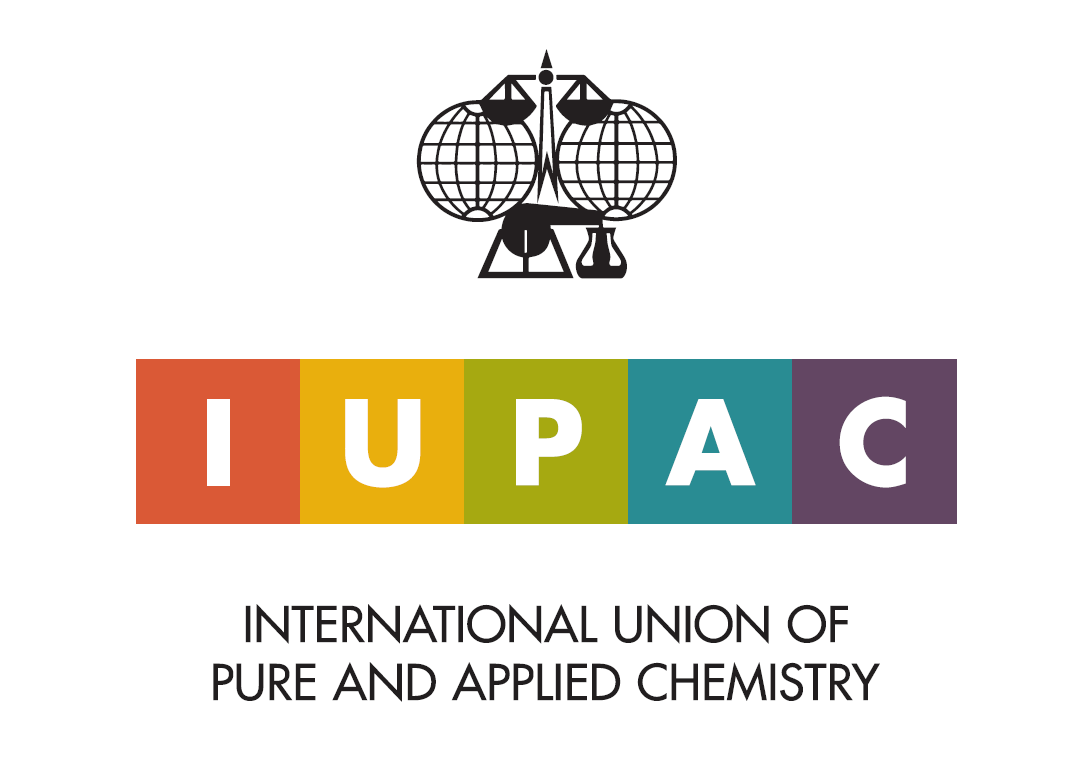IUPAC was formed in 1919 by chemists from industry and academia, who recognized the need for international standardization in chemistry.
The standardization of weights, measures, names and symbols is essential to the wellbeing and continued success of the scientific enterprise and to the smooth development and growth of international trade and commerce.
This desire for international cooperation among chemists and facilitation of the work of the international, but fragmented, chemistry community were the earliest characteristics of the Union. Even before the creation of IUPAC (1919), a predecessor body, the International Association of Chemical Societies (IACS), had met in Paris in 1911 and produced a set of proposals for the work that the new Association should address.
IUPAC Today
Chemistry historically emerged and developed as an interdisciplinary scientific field, with a broad definition of its borders. Paraphrasing Linus Pauling’s definition of the chemical bond “whatever is convenient to the chemist to define as a bond”, chemistry can be defined as a discipline encompassing all areas which are of interest to chemists and where molecular science makes significant contributions. The rich and diverse world of modern chemistry encompasses remarkable intellectual accomplishments, scientific creativity and originality and the generation of new knowledge.
IUPAC serves the international scientific endeavor in the dual function of a basic science and a mission-oriented Union. The Union is in a unique position to contribute to the central interdisciplinary chemical sciences. Strengthening international chemistry, striving towards inspiring high standards of excellence and relevance in academic and industrial research and promoting the service of chemistry to society and to global issues, these are the visions that shape IUPAC’s activities towards the 21st century.
